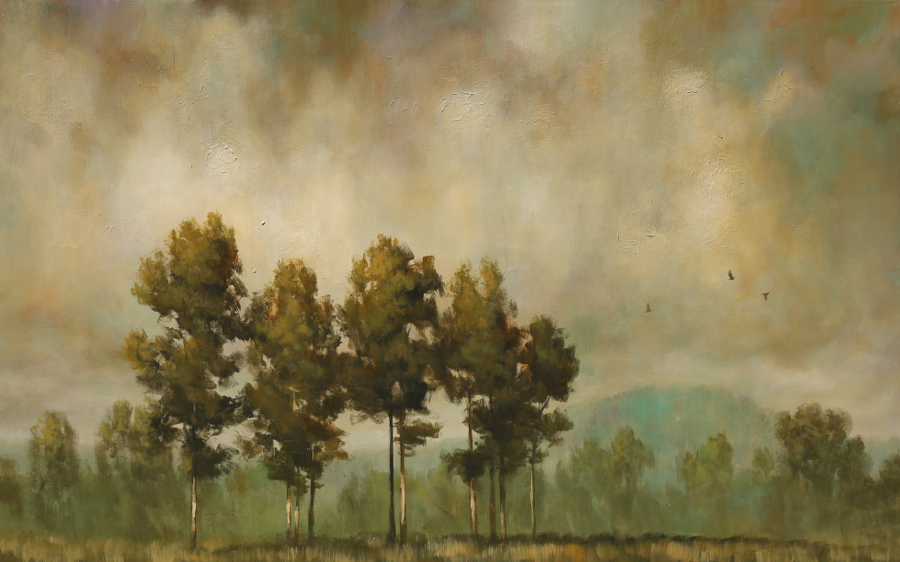What really takes your paintings to a higher level? Sometimes you get to a point where you are happy with your techniques, you’re happy with your color choices, but there’s just something missing. Something you can’t put your finger on. In my opinion it’s subtleties, variations, transparencies, and layers.
Subtleties in your paintings are like the fine details in your dream home. When you walk around your dream home you look at the trim, the paint colors, floor boards, or in other words the finishes. When someone is selling a home they make sure those finishes are in tip top shape because they take the house to the next level. They are the little things that make the overall house a home.
So how do you get that same finish to a painting? Creating these subtle brush strokes, color variations and so on really take your good painting to a great one. The only thing is, in a painting, those subtleties are hard to create, and your average viewer doesn’t realize the work that goes into creating them. All they know is that the painting looks amazing.
In this newsletter I’m going to talk about skies. I’ll be doing another one, in the future, focusing on creating the same subtleties in your middle and foreground.
The first thing I’ll be discussing is creating subtle shadows. I created a video on doing just that below:
Creating a light sky with slight variations in color can be somewhat difficult because you need to show depth but at the same time you want to avoid creating a really stormy look. So how do you do that without contrast? By painting dark colors as the first layer, then layering transparent lighter colors over and over you’ll get a sky that has more depth to it even though there isn’t a lot of contrast. Then when you’ve created a lot of interesting color combinations (see the next video below) you can start working in these subtle shadows. Make sure you watch the video above to see how to create those shadows, and the technique you need to use to make them.
If you are working in oils, you would approach the final step differently. Using a medium (liquin, linseed oil) you can thin out your paint to a really transparent level and brush in your subtle shadows. You do not need to spray the canvas if you are using oil. The medium will create enough of a transparent layer. Just make sure the paint on the canvas is dry to the touch before the subtle shadows are put in.
Interesting color combinations also make your paintings stand out. Make sure you get familiar with complimentary colors. When creating an atmospheric sky the palette you use is important. You don’t want to be too blatant with your compliments. Subtlety is the key again. Watch this video below on how to create subtle compliments in your skies:
The small details are what set things apart. A painting can be simple but still have details that the viewer might not initially notice. Layering transparent colors is one of my favorite tricks to create detail within a simple painting. Creating these subtle compliments takes that idea to the next level as well.
Again if you are using oils, you’ll want to layer the colors with a medium to ensure that the layers are thin and transparent. This is a time consuming process for both acrylics and oils, but the end result is worth it.
These are just a few of the things you will learn with me at my in person workshops. I’ll show you a ton of tricks that you can take with you for a lifetime of painting. If you are interested make sure you sign up here:
Summer (North – East United States): http://www.timgagnon.com/product-category/in-person-workshops/
Winter (South – East United States): http://www.timgagnon.com/winter-painting-lesson-workshop-tour-novemberdecember/
I hope you enjoyed this newsletter. Remember to stay tuned for my tips on layering middle ground and foreground to create better details.
– Tim

